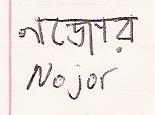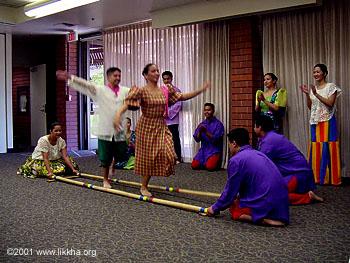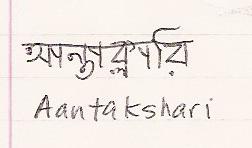Superstitious Ritual
Nojor, loosely translated, the Devils eye
This is an act performed by elder women of the family to the children. The woman will simply take the hand of the child, and firmly bite the smallest finger to prevent Nojor.
The informant explained to me that the idea here is that someone will look at the perfect, angelic child and will therefore become resentful and jealous. Consequently, to protect the child from this curse, the mother or grandmother or other women of the family will bite the childs finger, cause the child to cry or somehow distort their face. The noise and facial distortion elicited from the child now make it imperfect, thus protecting it from the devils eye.
It is interesting how this is a demonstration of such a deep, ingrained superstition has actually become very ritualistic. While most superstitions are nothing more than a verbal warning, the mother, in this case, skips the warning all together and simply takes it upon herself to prevent the curse that is surely approaching.
This act may be performed on any occasion, but in particular, according to the informant, on occasions that would warrant jealousy of the child. For example, before the child is to perform or appear in front of a crowd in a any public display of talent or beauty. The informant recalled one instance, quite late in his life, when his mother bit his finger before he went to his highs school prom. You know, I can remember when my mom stopped doing it to me yeah, there is a direct correlation between the time I stopped parting my hair on the side and the time she stopped biting me. Apparently for the informants mother, un-parted hair was enough imperfection so as to ward off evil on its own.
The cultural reflections of this act are dichotomous. On one hand there is a great deal of pride, I would indeed say arrogance that is shown by the older woman acknowledging that the child is worthy of jealousy; on the other hand it as if she is preventing the consequences of hubris in her own child. With her older wisdom, she indeed can recognize the angelic qualities of her child, but sill forbid them naively over-displaying them. Additionally, because this is such a common practice, from serfs to royal upper class, there is a cultural assumption that generally all children need protection from evil. Thus we see the sacredness of children in this culture.



